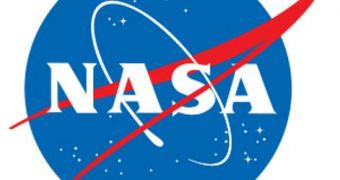It's not common for technologies developed for space travel to find other applications in the field of medicine, of all places. Nevertheless, an artificial electronic nose, developed for the Endeavor space shuttle, in a bid to help the craft monitor air quality, proved to be extremely useful for neurosurgeons and oncology experts, in their fight against brain cancer. The tool is reportedly able to sense minute differences between the odors emitted by healthy cells and those that are generated by cancerous ones. This could lead to the development of highly sensitive cancer detectors, which could track tumors very early in their development, and thus increase a patient's chances of survival.
Experts from the City of Hope Cancer Center turned NASA's device upside-down, in a bid to understand exactly how its properties could be used in complex medical investigations, such as analyzing the role of cellular odor in cellular trafficking, in brain metastasis, and in stem cell migration, as well as in providing neurosurgeons with live coverage of the brain tumor, right in the operating room.
The artificial “nose” is so sensitive that it can detect chemical concentrations in the air around it as low as 1 in 10,000 parts per million. It was originally designed to be outfitted on the International Space Station, where its purpose would have been to monitor the quality of the air, or the lack thereof, around the orbital facility, and to report if dangerous concentrations of chemicals accumulated outside it.
“This pilot study lays the groundwork for future research that may help us to better understand cellular trafficking, contribute to designing better approaches for the detection and differentiation of brain cancer, and understand the pathophysiology of intracranial gliomas,” the Brain Mapping Foundation Chairman and Scientific Director Babak Kateb explained. The expert was also the lead author of a new scientific paper detailing the finds, scheduled to be published in a special July edition of the journal IBMISPS-NeuroImage.
The results of the collaboration between the Brain Mapping Foundation and NASA's Jet Propulsion Laboratory (JPL), in Pasadena, California, will also be presented between August 26th-29th, at the 6th Annual World Congress for Brain Mapping & Image Guided Therapy, to be hosted by the Harvard School of Medicine. The gathering's main goal is to break free of existing research patterns, and to explore new investigation methods, in fields including neuroscience, technology, medicine and health-care policy.

 14 DAY TRIAL //
14 DAY TRIAL //